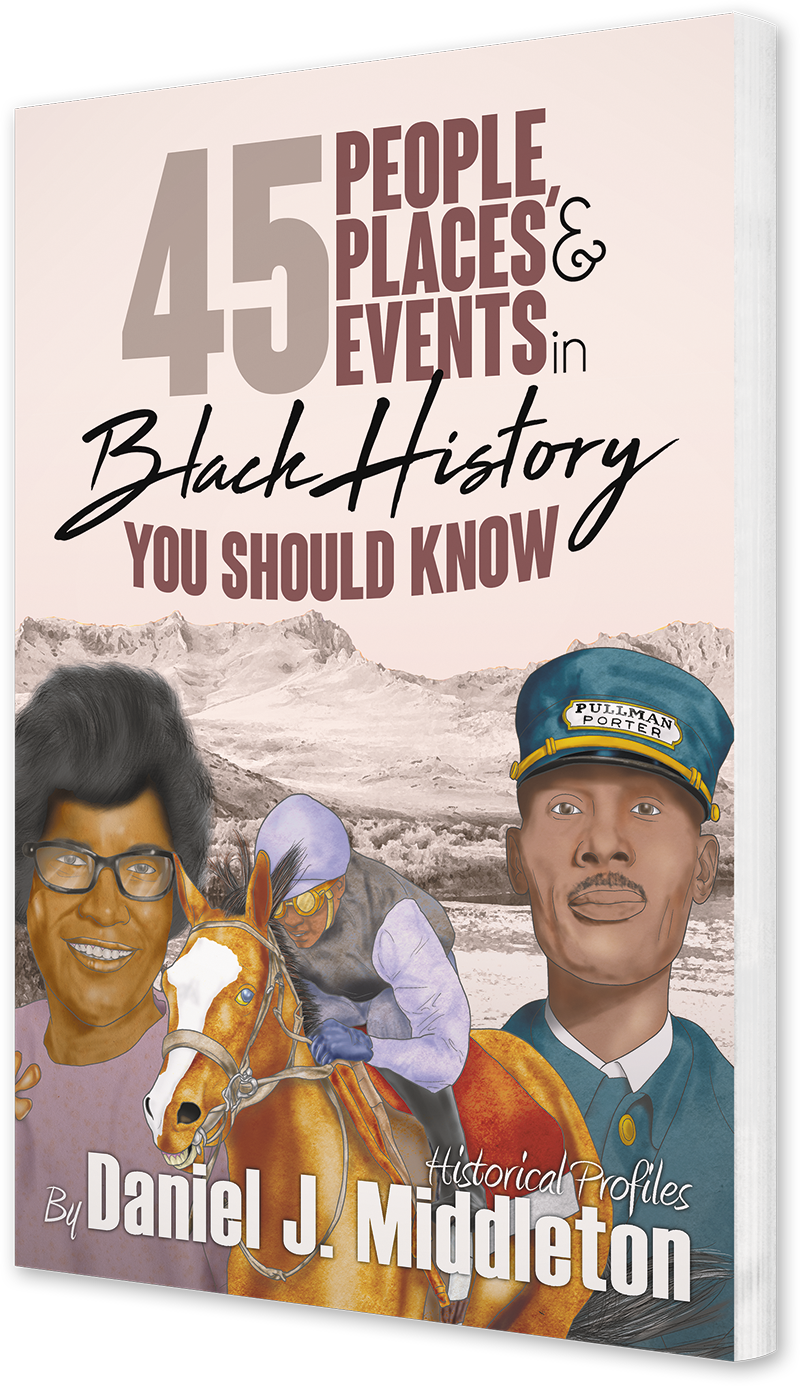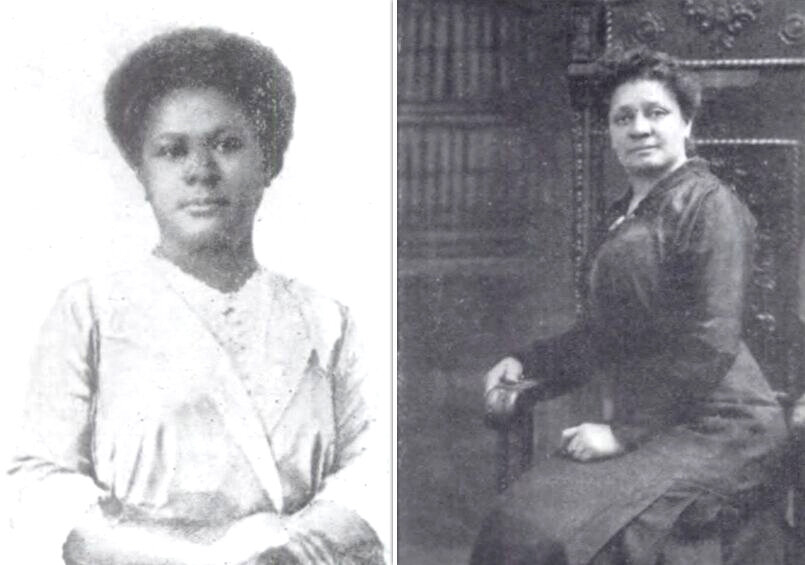Black Nurses of Stillman House
A Bygone but Not Forgotten Settlement Era
At the turn of the twentieth century, a young black registered nurse named Elizabeth Tyler was ready to use her training, but she had no patients to treat. While black women had been hired as caretakers for both blacks and whites in various communities for some time, in this period, it was unheard of for black women to receive medical education to become registered as nurses. In a rare turn, Elizabeth Tyler had received such an education, both from Freedmen’s Hospital Training School for Nurses and the Lincoln School for Nurses, but despite this, she was not only restricted from treating white patients, but people of her own ethnicity didn’t trust her.
Upon leaving the Lincoln School for Nurses, in 1906 she was hired as the first black visiting nurse by a wealthy Jewish woman named Lillian Wald, who founded The Henry Street Nursing Settlement on Manhattan’s Lower East Side.¹ Wald was a progressive woman, who at the time had allowed the first NAACP Convention to be held in the Henry Street dining room. Despite her bold move in hiring Tyler, however, finding patients for her to treat proved impossible. Not one to be outdone, Tyler decided to find her own patients. She headed uptown to the black neighborhood of San Juan Hill (now primarily the Lincoln Square neighborhood) and entered several tenements to directly engage with black residents in need of medical care, largely for tuberculosis and other infectious diseases, paralysis, and various ailments.
Having been pushed farther uptown from the Lower East Side in 1900, blacks settled the San Juan Hill neighborhood and swelled to about 10,000 in number. While San Juan Hill, which ran from roughly 40th to 65th Street at the time, is an exclusive neighborhood today — where rents can soar to $17,000 a month — it was quite different in pre-World War I days. Blacks suffered institutional racism in this period and high mortality rates plagued San Juan Hill, claiming the lives of many black mothers and their babies. White doctors and nurses didn’t venture to that part of the city, which, according to an archived clipping of the New York Amsterdam News,² was a neighborhood:
“… where housing conditions bordered on a state of almost feudalism. Cold water flats with outside toilets renting for about $10 per month were not the exception but the general rule.”
Initially, residents of San Juan Hill were also mistrustful of Elizabeth Tyler, and they refused to let her into their apartments. This forced Tyler to improvise by befriending the janitors of the various tenements, who granted her unprecedented access to potential patients. Tyler saw a sore need for another settlement house, which was a popular holdover from the nineteenth century, and an important means of supplying healthcare, education, and other services to poverty-stricken areas. She sought the aid of her wealthy benefactor, Lillian Wald, to establish a settlement in San Juan Hill, and Wald happily agreed. As Daphne Spain writes in her book, How Women Saved the City, the result was “a spinoff from” the Henry Street Settlement known as Stillman House,³ located at 154 West 62nd Street in Manhattan.
What began as a storefront, being operated by a handful of nurses that included Elizabeth Tyler, Edith Carter, and Jessie Sleet Scales, the Stillman House Settlement became a vital fixture of the community by offering health care and social services to San Juan Hill’s black residents. Not only did the new settlement boast these black nurses who treated patients and provided needed care, but Stillman House eventually included a penny provident bank for the poor, classes in city history, carpentry and sewing services, a men’s civic club, social clubs for all ages, a circulating library, and an open-air community playground for the children, according to the Handbook of Settlements published in 1911.⁴ While it existed, Stillman house was a needed boost to a community that had long been detached from the regeneration of the wider city.
You may also be interested in:

This article appears in 45 People, Places, and Events in Black History You Should Know.
Available from Amazon.com, BN.com, and other retailers.





Born a slave in 1818, Bridget “Biddy” Mason died a free woman, and the wealthiest resident of Los Angeles, California. She was an astute businesswoman who was beloved by the people of her city.